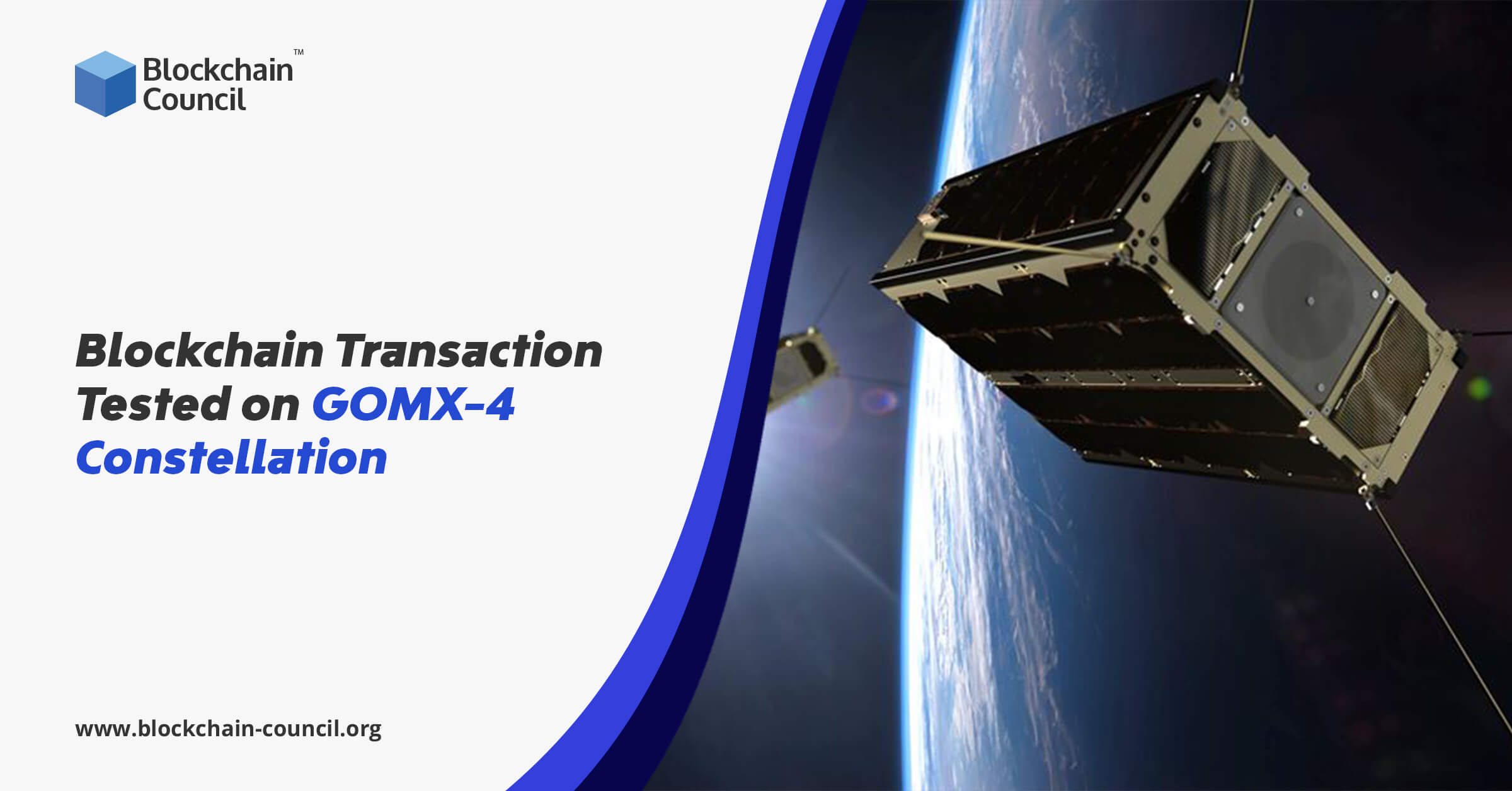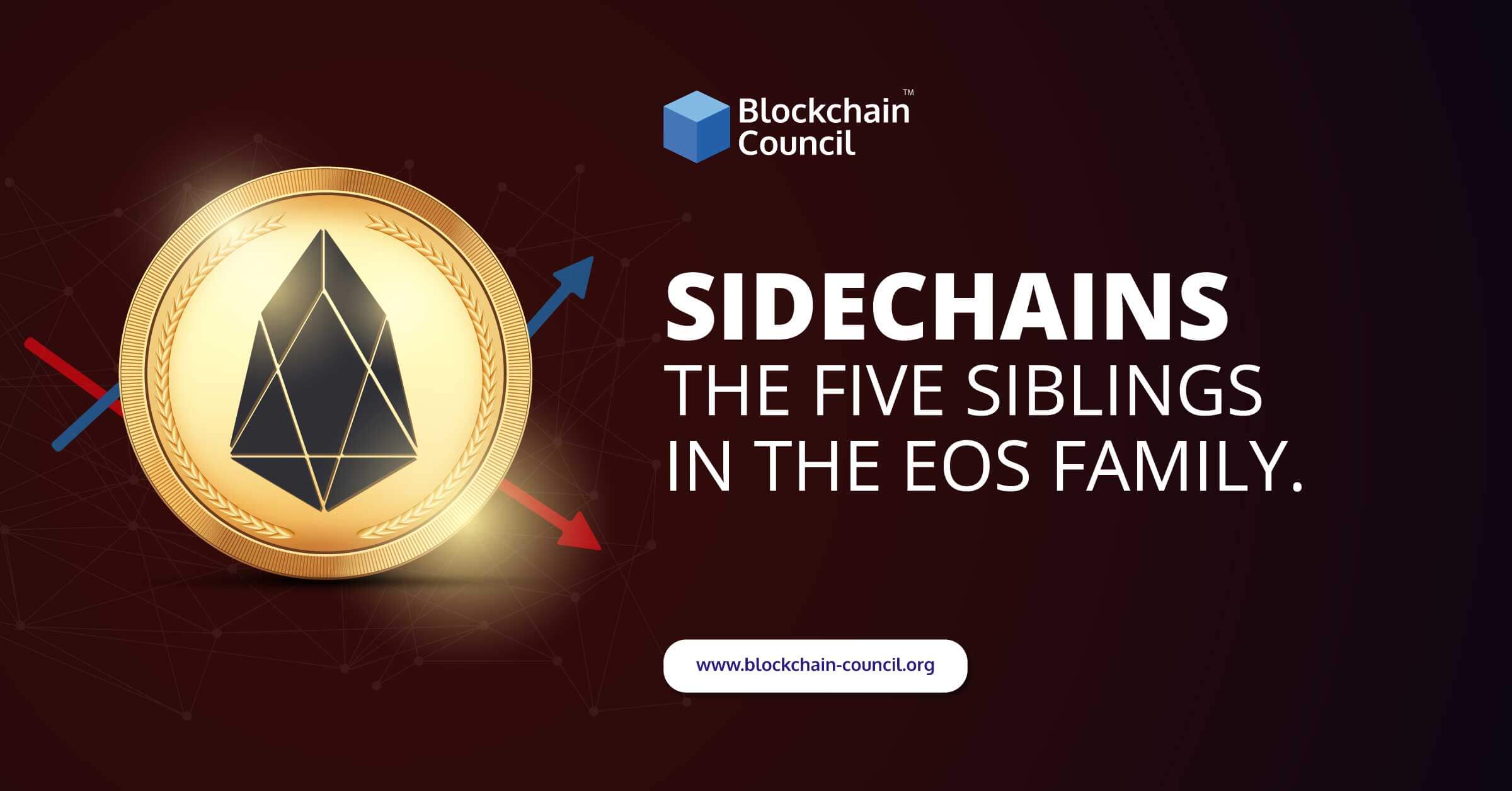
- Toshendra Kumar Sharma
- February 05, 2018
There has been a lot of buzz in the market about Blockchain and allied services. Cryptocurrencies have been the hot selling property. Since these work on a global platform, there is a need for a safe and efficient Consensus Algorithm which is also safe.
What is Consensus Algorithm?
It is similar to Proof-Of-Work (POW) for Bitcoin. It makes sure that new block added to the system is verified and validated. Secondly, it ensures that the system is working seamlessly.
However, Proof-Of-Work is not all good, in need to add blocks to the chain, the miners compete to the solve cryptographic puzzle. It results in a consumption of a lot of effort, resources, and energy. The one which successfully solves the problem and does it quickly gets a reward in the form of new altcoins. In case of Bitcoin, they get 12.5 newly minted coins and a portion of the transaction fee.
Although this is a great way, it has its drawbacks like it consumes a significant amount of computational energy. Secondly, the confirmation for a transaction takes more time, around 10-60 minutes. Thus, most mining takes place in an area where electricity is cheap.
It has led to the search for some alternatives to Proof-Of-Work. The basis of new development and search is to find out a way which is energy efficient, takes less time, but at the same time; it is quick and also works efficiently.
Here I have enlisted some of the famous alternatives to the Proof-Of-Work.
Proof-of-Burn
Proof-of-Burn is a new alternative to Proof-Of-Work. However, it is said to work on a similar platform as that of Proof-Of-Work. Let’s understand how des Proof-Of-Burn works and how different it is from Proof-Of-Work.
How does Proof-Of-Burn work?
The functioning of this method is easy. Here, instead of bringing the money together into computer equipment, the owner burns the coins. Here the coins to the address where they are irretrievable. By doing this, the owner gets a privilege to mine on the system. It works on random selection.
To implement this system, the miners can burn wither the native currency, or they can burn the currency of a different chain like the Bitcoin. As mentioned before, the burning of coins gets you the privilege. Thus, more is the number of coins your burn; more is the probability that you qualify the selection process.
Although this appears to be a great alternative to the Proof-Of-Work, it still wastes a lot of resources regarding burning more coins. Secondly, this method can be used only for Slimcoin or Peercoin. Also, Proof-Of-Burn works as a combination of Roof-Of-Stake and Proof-Of-Work and is not entirely active.
Proof-of-Stake
I have mentioned about Proof-Of-Stake in the paragraph above. So, what is Proof-Of-Stake and how is it different from Proof-Of-Work?
Here, the validator neither has to burn the coins nor, he has to follow a detailed procedure of mining as in the case of Proof-Of-Work. To lead in the race of mining, the validator has to invest the coins of the system in case of Proof-Of-Stake.
There is no coin creation when it comes to Proof-Of-Stake. Instead, the coins exist from the start, and the validators get a reward in the form of transaction fees.
The probability of you qualifying depends on the number of coins owned by you in the system. The more the number of coins; the more is the probability of your qualifying. For example, the validators having 200 coins has a better chance of to be chosen as compared to someone who has 100 coins.
Proof-of-stake works for Peercoin and Nxt Coins. Ethereum is planning to shift from Proof-Of-Work to Proof-Of-Stake this year.
Proof-Of-Capacity
Most of the alternative system present works on pay and play mechanism. In case of Proof-Of-Capacity, you pay with the hard drive space. The more is the hard drive space; the more is the probability of mining the next block and earning a reward. It sounds similar to Proof-Of-Stake, where the validator having more coins in the wallet gets the reward.
In case of Proof-Of-Capacity, the algorithm generates plots. Plots are large data sets. These data set are stored on the hard drive. The more are the number of plots on the hard drive; better are the chances of finding the next block in the chain. Here one needs to invest in buying the hard drive space to enhance the chances of selection.
Proof-Of-Capacity is used only for Burstcoin as of now.
Proof-of-Elapsed Time
Clipmaker Intel is the company behind the development of Proof-Of-Elapsed Time. The functioning of this system is similar to Proof-Of-Work. However, it consumes lesser electricity.
Unlike the Proof-Of-Work, you don’t have to solve any cryptographic puzzle. In case of Proof-Of-Elapsed Time, you use Trusted Execution Environment or TEE to ensure a random looter production.
This method has a drawback that here you need to rely on Intel which is again similar to entrusting a third party. But, this is the main point of concern, in case of cryptocurrency transaction we are avoiding the use of third party and Intel’s mechanism makes use of the third party.





































































 Guides
Guides News
News Blockchain
Blockchain Cryptocurrency
& Digital Assets
Cryptocurrency
& Digital Assets Web3
Web3 Metaverse & NFTs
Metaverse & NFTs
